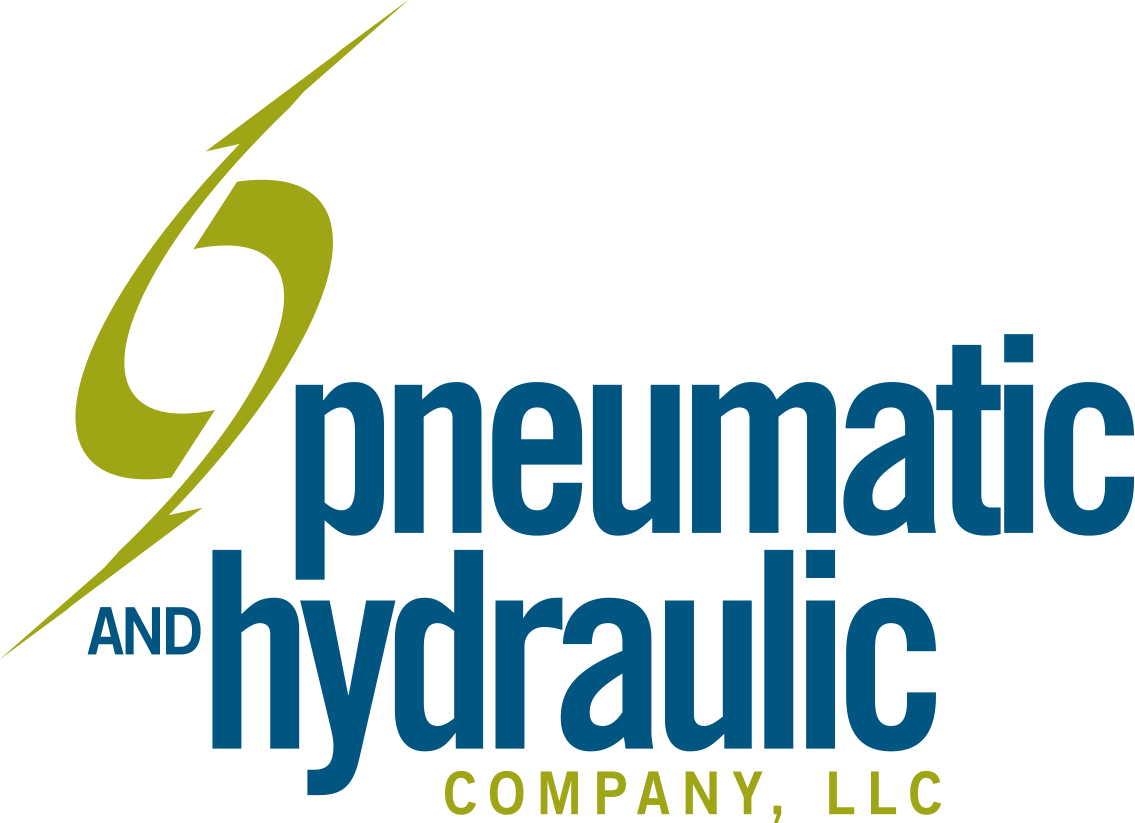 Hydrostatic testing is often used to test the quality of a piece of equipment before it is used for the first time, or when it has been rebuilt or repaired and is being put back into service. A hydrostatic test will indicate whether there are any leaks or defects in the equipment. This is a way of verifying whether it is safe to put the pressure vessel back into service.
Hydrostatic testing is often used to test the quality of a piece of equipment before it is used for the first time, or when it has been rebuilt or repaired and is being put back into service. A hydrostatic test will indicate whether there are any leaks or defects in the equipment. This is a way of verifying whether it is safe to put the pressure vessel back into service.
Hydrostatic testing is a type of pressure test that works by filling the vessel with water, removing the air contained within it, and pressurizing the system up to one and half times the designed pressure limit of the unit. The pressure is then held for a specific amount of time to visually inspect the system for leaks.
Companies using pressurized equipment should invest in the testing of equipment throughout their lifetime of usage. Newly manufactured pieces of equipment should initially be qualified using the hydrostatic test. They should be re-qualified at regular intervals to reevaluate the quality of the equipment before returning to regular use.
For some applications, hydrostatic testing is required by law. For example, to meet the Pipeline and Hazardous Materials Safety Administration specifications, cylinders actively being used on pipelines must be tested every 3 to 5 years. For pipelines, hydrostatic testing is usually done while the pipeline is out of service. The oil or natural gas in the line is typically vented off, and the line is cleaned prior to testing. If a pipeline passes hydrostatic testing, it can be assumed that there are no hazardous defects present in the tested pipe.
Hydrostatic testing can also be performed to expose defective materials that were missed in the initial inspection or were too small to be detected. Testing serves as a final validation that the piece of equipment is safe and can be installed safely ensuring the integrity of the entire pressurized system. There are three common types of hydrostatic testing techniques that are used to test pressure vessels and cylinders.
Proof Pressure Method
The proof pressure test applies an internal pressure and determines if the vessel contains any leaks or other weaknesses such as wall thinning that may result in failure. This test is performed to determine the integrity and fabrication quality of the product. This test is often performed as a part of the production process to ensure safety and quality standards are met.
Water Jacket Method
This method requires the vessel to be filled with water and loaded into a sealed chamber which is also filled with water. The vessel is then pressurized inside the test jacket which causes the vessel to expand within the test jacket. This results in water being forced out into a glass tube that measures the total expansion. Once the total expansion is determined, the vessel is depressurized and shrinks to its approximate original size. As the vessel deflates, water flows back into the test jacket.
Sometimes, the vessel does not return to its original size. This second size value is called permanent expansion. The difference between the total expansion and permanent expansion is the number that determines whether or not the vessel is fit for service.
Direct Expansion Method
The direct expansion method involves filling a vessel or cylinder with a specified amount of water, pressurizing the system, and measuring the amount of water that is expelled once the pressure is released. The permanent expansion and the total expansion values are determined by recording the amount of water forced into the vessel, the test pressure, and the amount of water expelled from the vessel.
Implementing standardized and regular testing for your pressurized vessels is one of the best ways to ensure and improve safety on whatever jobsite you’re on. Workplace accidents can lead to devastating injuries to employees and costly penalties whether due to the injuries or not being up to site or industry codes. Hydrostatic testing takes the guessing and the worry away from your jobsite. Knowing that the pressure vessels you’re working with are in great working shape brings peace of mind to the employees working with these vessels and the company as a whole.
Custom hydrostatic pressure test systems are our specialty at Pneumatic and Hydraulic Company. Our systems are built to efficiently and effectively test your pressure vessels to your specific standards. Whether you’re a company testing your own equipment or a safety company testing clients’ equipment, the mission is still the same; we want to ensure that the equipment you’re testing is safe for the workload you’re preparing it for. Contact PHC today to learn more about how we can build a system to assure jobsite for either you or your customers.
